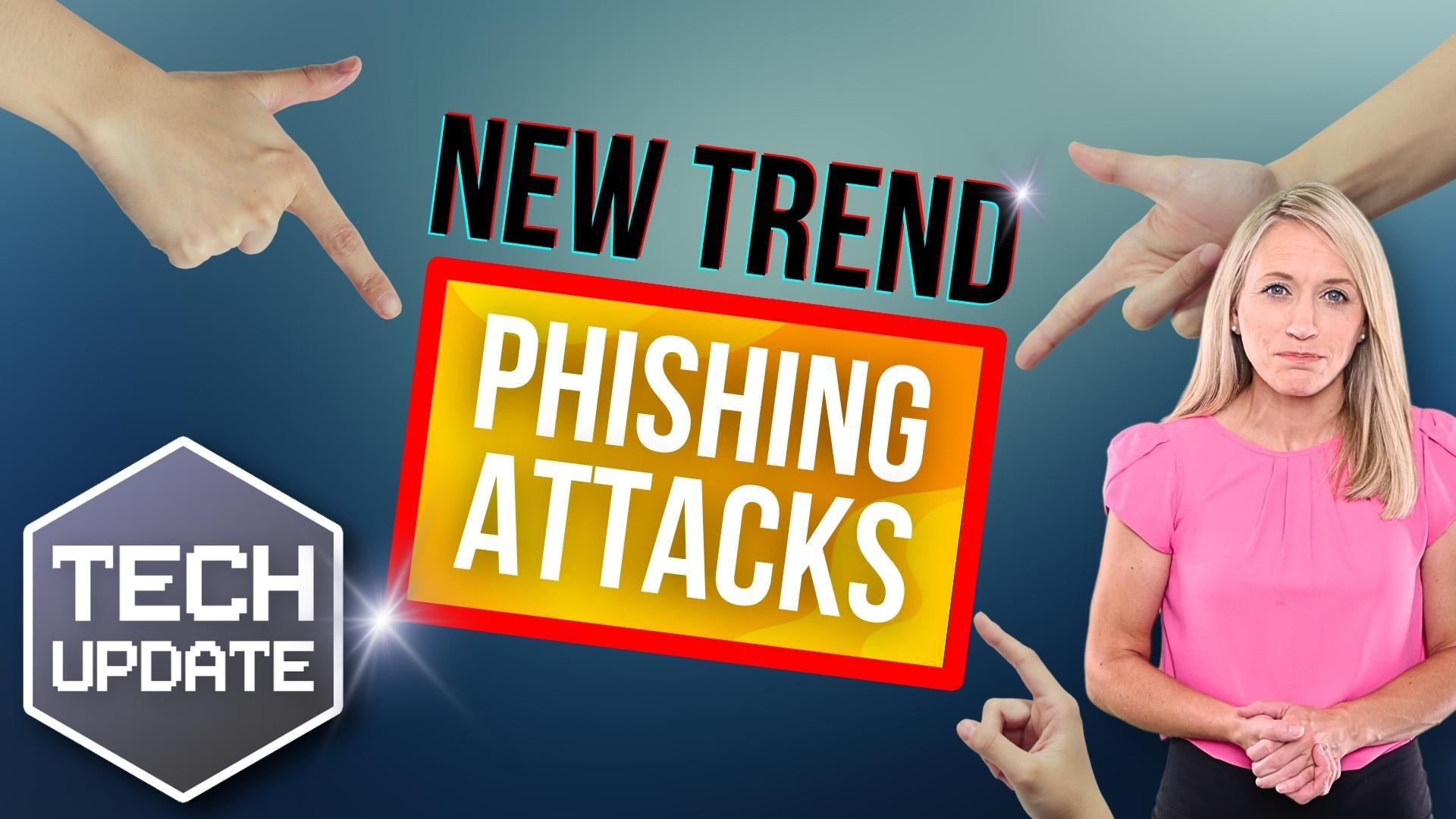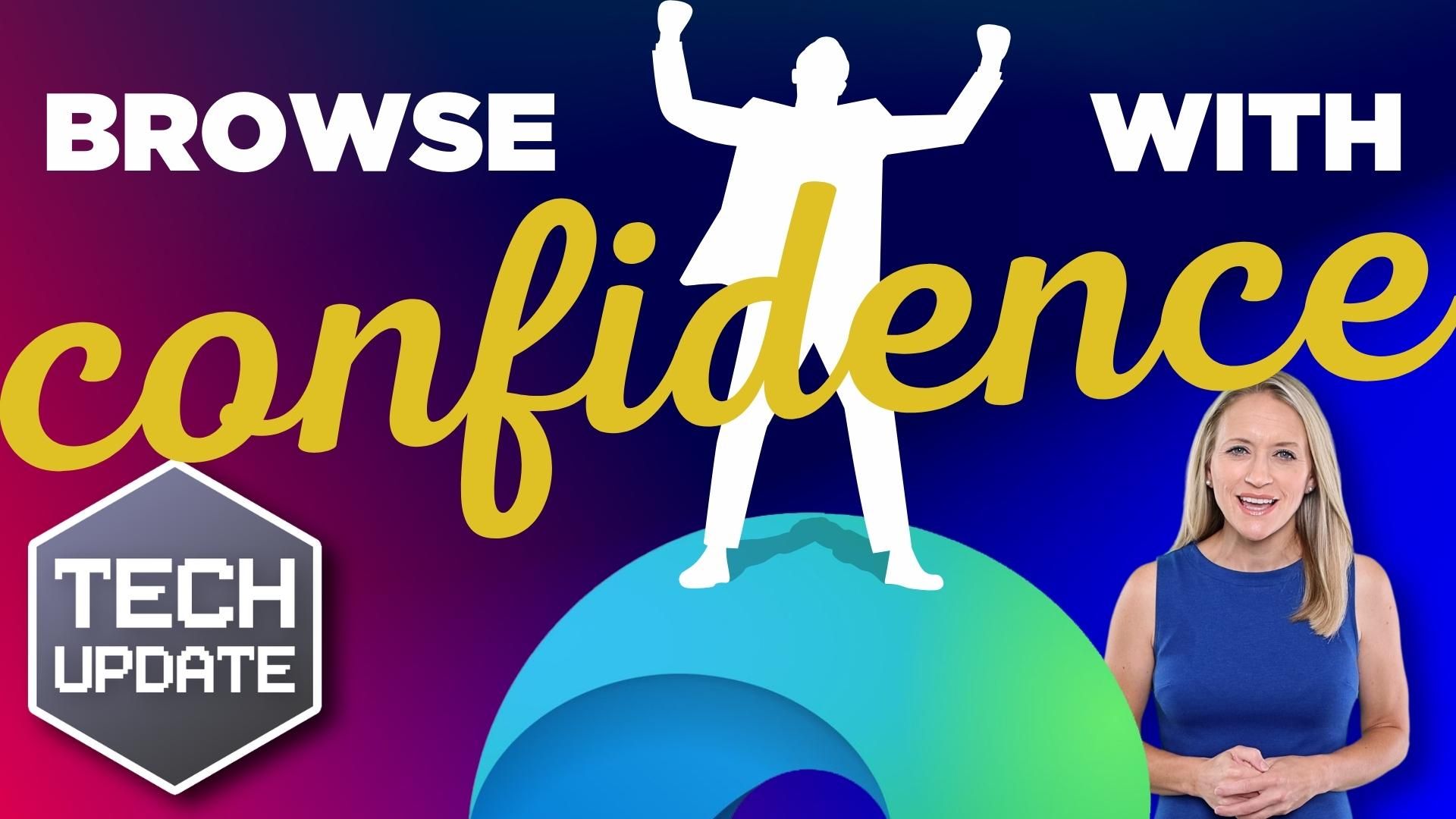This is the latest trend in phishing attacks
Have you heard the saying, “A picture is worth a thousand words”? It seems cyber criminals have too, and they’re using it to their advantage.
In a new twist on phishing campaigns, cyber criminals are luring victims to click on images rather than downloading malicious files or clicking suspicious links.
Let’s dive into the warning signs, so you can keep your business safe from these sneaky attacks.
First things first, what’s the big deal about clicking on an image? It might be promoting a killer deal or one time offer.
But when you click on the image, you don’t go to the real website. Instead it’s a fake site designed to steal your personal information.
Imagine being lured in by a cute cat photo only to find out that Mr. Whiskers was actually a wolf in sheep’s clothing! Not so cute anymore, right?
So, how can you tell if an image is part of a phishing campaign? Here are some warning signs to look out for:
- Unexpected emails: Did you receive an email from someone you don’t know or weren’t expecting? Be cautious! It’s like accepting candy from a stranger – you never know what you’re getting yourself into.
- Too good to be true: If an email promises you a free vacation or a million dollars just for clicking on an image, remember the golden rule: if it sounds too good to be true, it probably is.
- Spelling and grammar mistakes: We all make typos, but if an email is riddled with errors, it could be a sign that something is going on.
- Mismatched logos or branding: If an email claims to be from a reputable company but the logo or branding doesn’t match up, assume it’s a scam.
Now that you know what to look for, let’s talk about how to protect your business from these image-based phishing attacks:
- Educate your employees: Knowledge is power! Make sure your team is aware of the latest phishing tactics and knows how to spot the warning signs.
- Keep software up-to-date: Just like you wouldn’t drive a car with bald tires, don’t let your software become outdated. Regular updates help patch security vulnerabilities that cyber criminals might exploit.
- Use strong passwords: It might be tempting to use “password123” for all your accounts, but resist the urge! A strong, unique password for each account can help prevent unauthorized access. Using a password manager is even better.
- Enable multi-factor authentication (MFA): MFA adds an extra layer of security by requiring people to verify their identity through another method, such as a text message or fingerprint scan.
- Backup your data: In case disaster strikes, make sure you have a backup of all your files. That way, you won’t be left high and dry if your data is compromised.
Whilst cyber criminals are getting smarter and smarter with their tactics, there’s no need to panic. By being aware of the warning signs and taking proactive steps to protect your business, you can stay one step ahead of these digital tricksters.
Remember, not all that glitters is gold – or in this case, not every cute cat picture is just a cute cat picture. Stay vigilant, and don’t let the scammers win!







